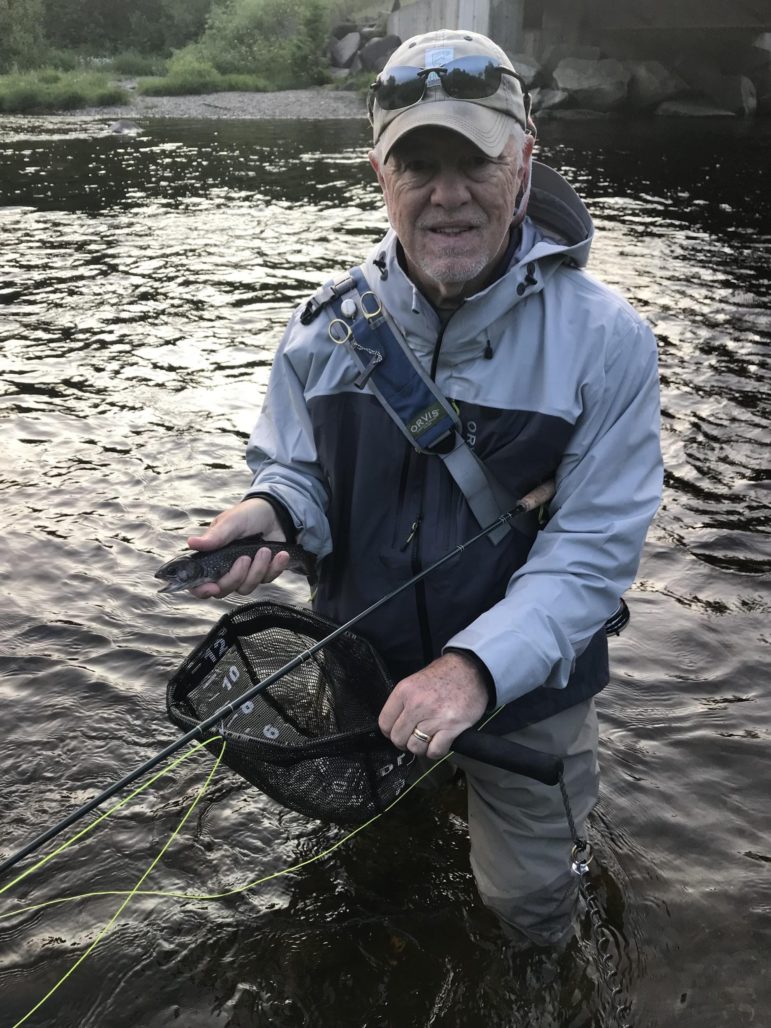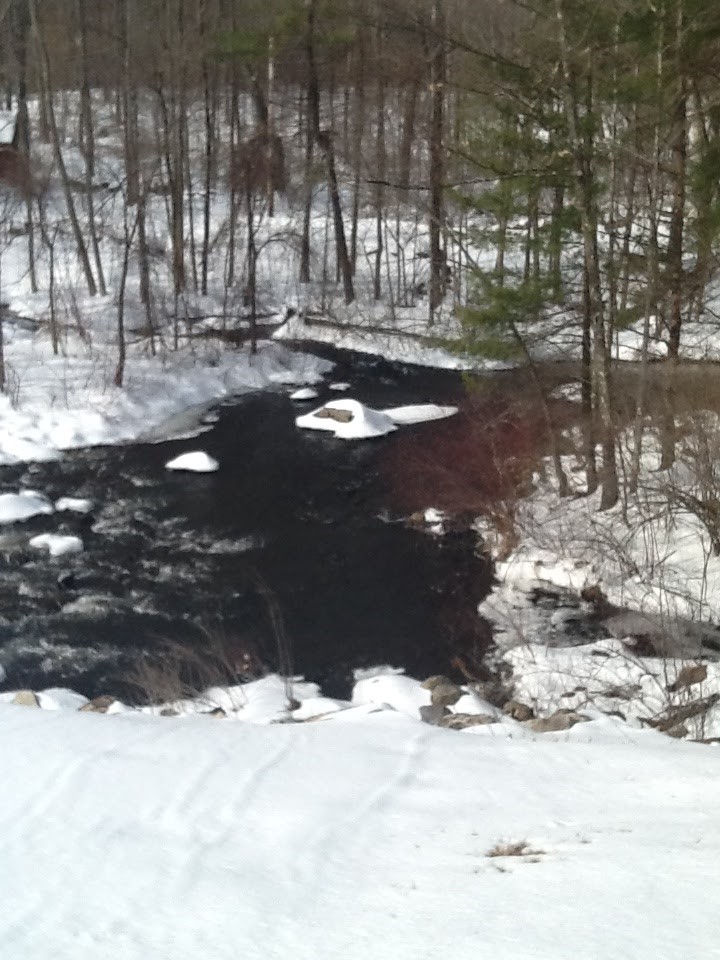WRITING ON THE FLY,
By GEORGE LISET
The Cold Facts of Winter Fly Fishing
The cold weather, when it takes ahold of everything, puts a real damper on getting on the water.
As one waits for a break in the weather, there are many ways to keep entertained. I find myself rearranging my fly boxes by color, size, season and by species fished. I have done this a couple of times already.
I’ve also been perusing my fly fishing books and magazines. I have a pile of both that I have saved for such an occasion. I have just finished reading an article on “Catching the Elusive Wild Brook Trout.” I was thinking that it might be easier to catch the non-elusive ones. I’m not picky.
I have found over the last year that I have been having success nymphing for trout. There are a number of nymphing techniques that work well. A number of my friends like the tight-line nymphing technique. A fly fisher needs to have a light touch when using this style.

I have decided that since I have hands of rock, or as my Spanish friends would say, “Manos de roca,” that I should use an indicator when I nymph.
I have been real successful using this technique. This is a technique that I had rigged up on my fly rod when the weather broke. By broke, I meant above 32 degrees with some open water at my “go to spot.” I threw on my waders, boots and warm clothes, grabbed my rod and headed to the river.
The air was cold, but warming with the sun coming up. The river looked like a winter wonderland with the snow and ice decorating the trees and rocks. The ice looked like crystal as it tried to cover the river. As I walked down to the river, a couple of inches of snow clung to the bottom of my boots making the trek a bit slippery.
The fishing looked promising as I waded into the river. I let out some line and began nymphing. The whole premise with using this style of fishing is that during this time of year the trout are hanging the bottom of the river. They are not very active and conserve energy by sitting and waiting for food to come to them.
A basic nymphing set up is as follows. You attach your indicator to your leader, then add a small weight 1-1½ times the depth of the water, usually where the line and tippet are joined. Then I tie on a fly about 16’ below that and drop off another fly another 6-12” below that. This is designed to get your flies right in front of the trout resting on the bottom. As the saying goes, “If you are not dragging, you are not bragging.”
I had been on the water for a while. I could hear the ice cracking from expansion from the day warming things up. I was startled a few times when a chunk of ice banged into my leg. I have been on the water enough times to have critters surprise me when I get in the “Zone.”
My son’s favorite was when I was fishing a small pond that had a beaver dam. Mr. Beaver snuck up on me and whapped his tail right next to me. I let out a scream and almost jumped out of my waders. My son had a few giggles that day.
I wish I could tell you I caught a bunch of fish that day, but the only thing I did catch was a cold. I’m on my second box of Kleenex as I write this. As I figure it, I should be better the next time the weather brakes.
A writer from Dover, George Liset writes about all things Fly Fishing. George has worked as a lobsterman, lifeguard, wrangler, boat captain, fishing instructor, and has traveled in most of the lower 48 states. Upon graduation from Wheaton College, Illinois, George began his teaching career in Dover and has coached Track and Field most recently at UNH. Liset has been published nationally and internationally in the area of track and field and coaching.





